I Has Depression And Anxiety.
I has depression and anxiety.
💖Support age regressors with mental illnesses 💖
More Posts from Therandomsystem and Others
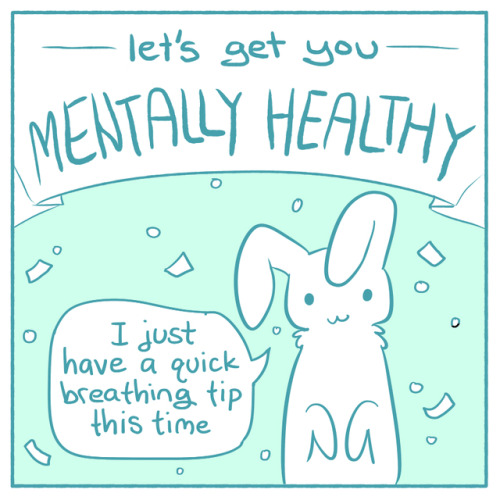
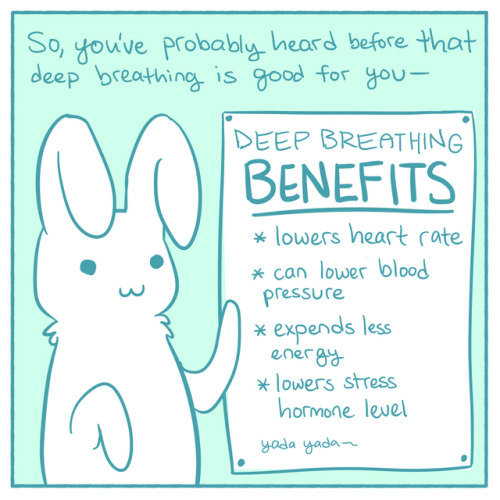
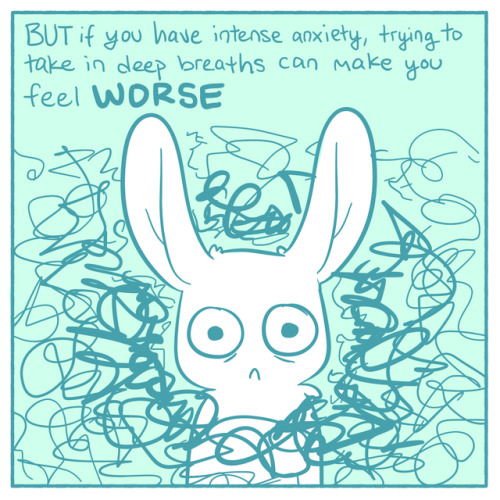
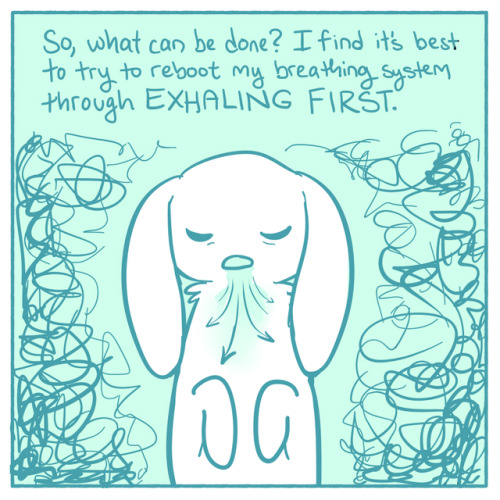
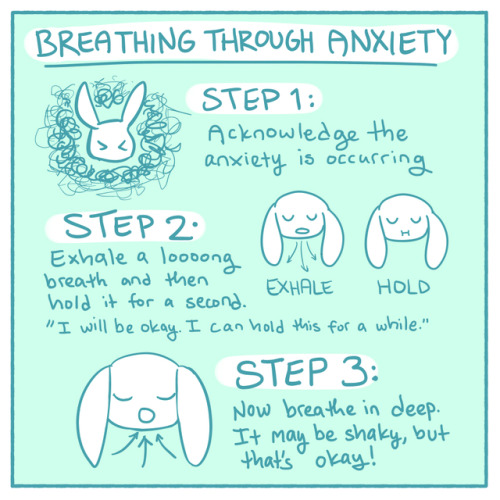
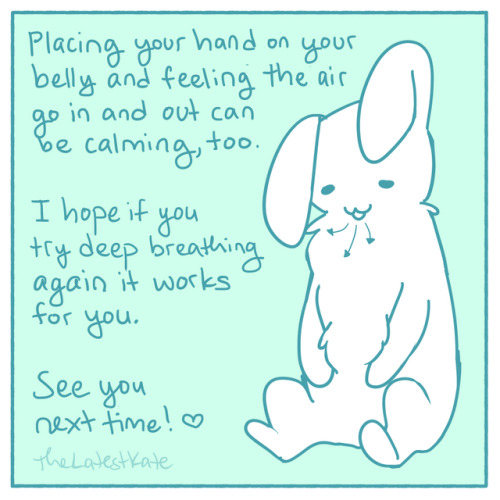
Only reblog this if you can and will lose the weight. No excuses. You are in control.
Everyone at/from rbcs. I miss all of you. 💜💛💚💙❤💙 "😫😓😥😩😭😭😭😭 #revineThis #revine"
Might get into palm readings.
Palmistry
Palmistry placements may indicate certain natural traits or abilities related to the person.

The fingers
Long: Very sensitive.
Short: Sharp inteligence, intuitive.
Fat: Sensual.
Thin: Analitycal, curious.
Smoth: Inspirational, artistical.
Knotty: Love of detail and analysis.
Conical: Poetic, imaginative.
Pointed: Subtle.
Square: Decisive, serious, positive.
Spatula: Realistic, positive outlook.
Round: Gifted, intuitive.
Large palm+ short fingers: Materialism predominates.
Short palm + large fingers: Cerebral activitie predominates.
Marks
Can appear in all the palm
Star shape: favorable.
Triangle shape: know-how.
Cross hatch: obstacle.
Rectangle: protection.
Cross: deception.
Circle: lack of success.
Chain lines: fatigue.
Island shape: weakness.
Aspects
Broken lines indicares change of destiny.
Parallel lines indicates a certain duality.
If some line is missing can mean that line corresponding caracteristic doesn't apply to you.
Fine lines represents sensibility and intelectual qualities.
If they are deep and red, you have more volatile nature.
If they are pink, detonates sentimentalism and reserve.
If they are pink, detonates sentimentalism and reserve.
If pale and superficial, you lack resistence.
If darke yellow or brown, they reveal resistence and firmness.
Lines
Life line: the longer your life line, the longer you will live.
Head line: if the head line starts with the life line it means you have good control. If the head line drops sharply down, it indicates that you have little power of resistance. Long, strong head line means you are inteligent.
Heart line: a strong line means you have a warm personality. A weak line means you are rather cold. Each small line attached means a moment of attraction towards someone, a flirtatious momento or an affair.
Marriage line: the number of lines means several romances. The closest to the base of the finger, the later in life those marriages will take place. A fork at the end towards the palm means separation. A fork at the begining will mean a long engagement. Little lines, don't crossing the line means children into the marriage.
Neptune line: a neptune line means you have imagination. If it starts in the life line, means a tendency of drugs and alcohol. A broken neptune line means criminal tendencies.

Shape of palms
Conical hand: a long palm with fingers that form a point. Associated with the element fire, this hand type is drawn to beauty and is imaginative by nature. This hand can also suggest a desire to be a succes. (Bottom and edges are all relatively flat, with rounded fingertips)
Oval hand: a broad palm with saucer-like fingertips. People with this hand shape are often thoughtful and introverted, with logical and analitycal nature. They have a tendecy of being loners (palm and fingertips are round)
Square hand: a square palm with blunt, broad fingertips. People with this hand shape tend to be practical, organized and persistent. Can be cynical or sceptical, and to value material goods. (Square hands tend to have very straight edges)
Pointed hand: a long, delicate hand with pointed fingers. People with this hand type tend to be dreamers and idealists, who hold strong beliefs and views. They have a tendency to be nervous or over emotional. (psychic hands are bony and delicate)
Spatulate hands: this hand is often flabby or soft, widest at the bade of the palm with broad, straight fingers. It can indicate and energetic and enthusiastic nature, always searching for answers and new stimull. (Spatulate hands tend to be very flabby and look clumpsy)

🌙

(Not mine) ♡

A how to for drying herbs. There are tons of methods, as everything in herbalism. This one works well for me!
Plz revine "Revine = petition sign // WE NEED TO REVIVE VINE // #prayforVine (My edit)"
don’t even try to eat - you know you’ll regret it afterwards
ADHD Meditation
As some of you may know, the path I am on has, of late, been tending towards the druidic, and druidic paths, being shamanistic, involve, for lack of a better term, a heck of a lot of meditation. As some of you may also know, I also happen to have combined Inattentive-Hyperactive type adult ADHD, which makes meditation really hard. So I thought I’d write a little primer of meditation techniques that I use. Whether you have ADHD or just can’t get the hang of meditating, I hope these techniques are useful to you! Meditation: The ADHD Nightmare
The point of meditating is to – well, to be meditating. When you do it right you reach a “meditative state” (duh), and my understanding is that something wack happens to your brainwaves when this occurs. I don’t know, I’m a writer, not a neuroscientist. Either way, a “meditative state” is a real thing with real effects on your mind and wellbeing.
There are a couple of different ideas of how to get there. “It’s clearing your mind!” people will shout. “You should be sitting there without a thought in your head!” Other people retort, “No! It’s not clearing your mind, it’s sitting and observing everything around you as an impassive observer!” Then yet others say, “No! You observe your breathing and body in order to become one with it!” Like – look, there are tons and tons of different kinds of meditation. And yeah, these are legitimate techniques used by different spiritual traditions. They also have the drawback of being boring. Like, rip-your-brain-out-through-your-nose-and-stomp-on-it, oh-my-god-please-let-me-do-something BORING. Of course not everyone’s going to agree with me, and I am willing to admit that these techniques are valuable and useful to certain people. In fact, once you’re used to meditating, you can transition into some of these meditations – I’ve done a few of them and they are quite pleasant.
But if you’re like me and not having any stimulation makes you want to creep out of your skin backwards, but you just really, really want to meditate – well, here’s a couple tips. Walking Meditation
This was the first meditation I ever did, because sitting meditations made me want to die. I personally use a walking stick because it helps emphasize the rhythm of your stride, but you can do it without one, too. Most Zen walking meditations recommend you pace back and forth along a smooth, straight path. And while the Zen Buddhists are probably much better at this sort of thing than I am, I find that technique to be brain-rippingly boring (not to mention impractical in my present living situation) and I do mine in outdoor open spaces, such as winding nature trails or along lakeshores. The only thing I’d recommend is that you don’t do it anywhere too strenuous – you want to be focused on the meditation, not on avoiding falling off a mountainside. Here’s what you do – start walking. The trick here is the rhythm of your stride. Rather than just letting your brain do whatever the fuck it wants, count your steps like they’re a musical bar (one-two, one-two, one-two, or maybe left-right left-right), focusing on the sensation of the ground beneath your feet with each step. Whenever your mind starts to drift, which it definitely will, just guide it gently back to your rhythm – one-two, one-two. Don’t go hitting errant thoughts with a mallet – just redirect them, like sheep broken off from the flock, to the count. If you find you’ve lost pace (you’re saying “left” when your right foot goes down), stop, take a deep breath, and start again. My favorite way to do this meditation is with a walking staff, one, because it makes me feel like Gandalf, and two, because it goes down with my right foot (on two, every time) and helps me clearly delineate one “bar” from the next. The vibration of the staff also gives you something else to focus on rather than the soles of your feet – I tend to wear heavy hiking boots on my walks, and the sensation of the staff hitting the ground actually gives me more of a sense of being grounded than my feet do. Just do whatever works for you.
“Good For You, But I Wanna Sit”
But what if you can’t do a walking meditation? That’s fine, there’s tons of reasons why it might be unfeasible for you, from space concerns to ability concerns to even stuff as simple as “yo, it’s blizzarding”. That’s cool – I have some tips for “regular” meditation too! Just know this: You’re not going to be able to “quiet your thoughts”. Hell, if your brain works like mine you’re not even going to be able to “impassively observe”. You won’t be able to focus on your breathing without wanting to scream (”Ok, we’re alive,” says brain, “Cool, still alive, got it. All right, breathing is a thing we are constantly doing, who cares let’s GO.”) All of these tips involve a focus of some kind – something to bring your brain back to where it needs to be in order to get to that meditative state. Looking Meditations
I do this one with a candleflame because fire is sick as hell and also interesting to watch. You could probably also do it with fish or something, or really anything you would be cool with staring at for minutes on end. This is the same basic principle as the walking meditation, except here, you’re sitting quietly – it doesn’t have to be in a lotus position if you don’t want. I’ve meditated sitting in an office chair, kneeling on the ground, sitting criss-cross applesauce, and lying down. Whatever is most feasible and comfortable. In the walking meditation the Focus was your stride. In this case the Focus is whatever you’re looking at. Rather than bringing your thoughts back to the rhythm of your steps like we did in the walking meditation, you’re herding your errant brainwaves towards the visual focus.
Here, as in many still meditations, you’re going to want to control your breathing as well. Personally, making breathing my focus is a losing proposition, but you’ll meditate more easily if you’re breathing slowly and deeply. Mantras “I don’t like looking at stuff,” you might say. “I am literally blind,” you might also say. Cool! So find a mantra! (This term might be appropriative in some way but I can’t find a good substitute – let me know if someone knows one). This could be a saying, or a phrase, or even a prayer. Whatever it is, I find it most useful if the mantra actually has some symbolic meat to it – not just “rubber baby buggy bumpers” but something that you’d be able to write a short paragraph about, at least. I personally use Welsh triads (because druid). Once you have your mantra, repeat it, aloud or in your head. Forever. (Or as long as it takes you to start meditating). Again, breathing is really important here, as in all sitting meditations. Try to breathe slowly and deeply. I frequently find my breathing will begin to match up with the ebb and flow of the mantra, and that’s fine. Just keep that oxygen flow going in a steady rhythm (you don’t have to track the rhythm– that’s an entirely different meditative technique!) You might notice something weird will start to happen after a bunch of repetitions. At first this might take a longass time, but it gets shorter the more you practice. You’re thinking about the phrase without really thinking about it – it starts to take on depths and dimensions that you never would have seen just thinking about it – congrats, you’re meditating! (In fact – you’re meditating on the mantra – in case you had no idea how to do that, here you go!) Do this as long as you feel like it and then return awareness to your room. Don’t just hop right up – sometimes meditation fucks with your coordination for some reason – give yourself a few seconds and then go make yourself some tea. You’ve earned it. Next Steps
In shamanistic practice, achieving a meditative state is often a jumping-off point for journeying or intense visualization. Meditation can be used in concert with these, or it can stand on its own as a daily or weekly practice. Don’t get discouraged if you don’t “get” it the first time! The thing to remember is not to force it – meditation is born of relaxation, and forcing it will only hinder you. Once your brain is trained to enter the meditative state more easily, you might find it comparatively simple to transition into more traditional Zen meditations (”CLEAR UR MIND!!”). The trick is practice! Happy meditating!
Omg. 😆😆😆

-
 asimplenote liked this · 6 months ago
asimplenote liked this · 6 months ago -
 skitzoprincepnw reblogged this · 2 years ago
skitzoprincepnw reblogged this · 2 years ago -
 sleepingprincess reblogged this · 3 years ago
sleepingprincess reblogged this · 3 years ago -
 sleepingprincess liked this · 3 years ago
sleepingprincess liked this · 3 years ago -
 reisnothere liked this · 3 years ago
reisnothere liked this · 3 years ago -
 naptime4yoonie liked this · 3 years ago
naptime4yoonie liked this · 3 years ago -
 books-boobs-boba reblogged this · 3 years ago
books-boobs-boba reblogged this · 3 years ago -
 books-boobs-boba liked this · 3 years ago
books-boobs-boba liked this · 3 years ago -
 glitterymagic liked this · 3 years ago
glitterymagic liked this · 3 years ago -
 ask-sane-ia liked this · 4 years ago
ask-sane-ia liked this · 4 years ago -
 sadsoftsmolpan reblogged this · 4 years ago
sadsoftsmolpan reblogged this · 4 years ago -
 chaoticsnowykiddo liked this · 4 years ago
chaoticsnowykiddo liked this · 4 years ago -
 shaybaby1022 reblogged this · 5 years ago
shaybaby1022 reblogged this · 5 years ago -
 blueychristineheeler reblogged this · 5 years ago
blueychristineheeler reblogged this · 5 years ago -
 squeef liked this · 5 years ago
squeef liked this · 5 years ago -
 soft-stuffies liked this · 5 years ago
soft-stuffies liked this · 5 years ago -
 honeybabaydoll-blog reblogged this · 5 years ago
honeybabaydoll-blog reblogged this · 5 years ago -
 honeybabaydoll-blog liked this · 5 years ago
honeybabaydoll-blog liked this · 5 years ago -
 decaffeinated-canine-blog reblogged this · 5 years ago
decaffeinated-canine-blog reblogged this · 5 years ago -
 decaffeinated-canine-blog liked this · 5 years ago
decaffeinated-canine-blog liked this · 5 years ago -
 flowerboii liked this · 5 years ago
flowerboii liked this · 5 years ago -
 julesnadri reblogged this · 5 years ago
julesnadri reblogged this · 5 years ago -
 julesnadri liked this · 5 years ago
julesnadri liked this · 5 years ago -
 cannibalspider liked this · 5 years ago
cannibalspider liked this · 5 years ago -
 decayingpedals reblogged this · 5 years ago
decayingpedals reblogged this · 5 years ago -
 sugoi--sushi-blog liked this · 5 years ago
sugoi--sushi-blog liked this · 5 years ago -
 shadotheoneandonly liked this · 5 years ago
shadotheoneandonly liked this · 5 years ago -
 mistressthriller liked this · 5 years ago
mistressthriller liked this · 5 years ago -
 sunsets-and-such liked this · 5 years ago
sunsets-and-such liked this · 5 years ago -
 yummychocolatetimemachine liked this · 5 years ago
yummychocolatetimemachine liked this · 5 years ago -
 kawaii-cute-potato reblogged this · 5 years ago
kawaii-cute-potato reblogged this · 5 years ago -
 kawaii-cute-potato liked this · 5 years ago
kawaii-cute-potato liked this · 5 years ago -
 kendra1029 liked this · 5 years ago
kendra1029 liked this · 5 years ago -
 burbujadeaire reblogged this · 5 years ago
burbujadeaire reblogged this · 5 years ago -
 baby-giggles reblogged this · 5 years ago
baby-giggles reblogged this · 5 years ago

Just another random system. 19 (known) alters. fronting: Candice co-con: the lost one body age: 18
94 posts